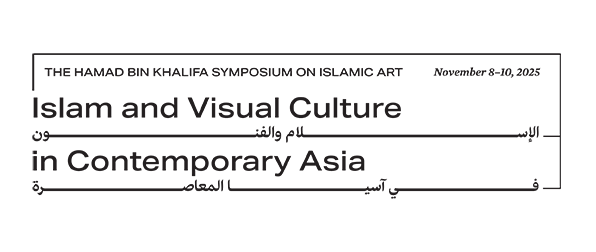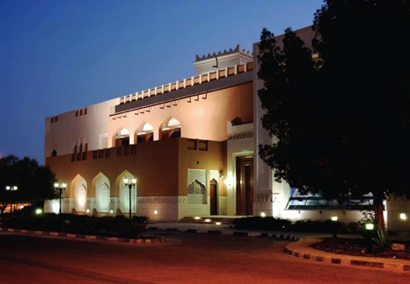
ABSTRACT:
Water and Water Imagery in Architecture and the Arts in Ottoman Times
The Ottoman Empire was relatively rich in water resources. Over the centuries, the Ottomans, who inherited Roman, Byzantine, and Seljuk infrastructure, created a variety of bath and fountain architecture. These included public baths (hammam) and thermal baths (kaplica), which followed the classic Roman model, with separate hours for men and women, and sometimes with doubled facilities to accommodate both sexes simultaneously.
Ottoman mosques follow the Islamic pattern of providing water for ritual ablutions in fountains known as shadırvan. These may consist of long rows of low benches in front of a wall with multiple taps fed by a nearby reservoir, or a more decorative free-standing polygonal type. With a central reservoir surrounded by taps and benches, these are often surmounted by a small dome over the reservoir and an umbrella-like roof.
The most common Ottoman public fountain is the cheshme, consisting of a carved marble slab set into a wall with a trough in front fed by one or more water taps. Such fountains were the main source of water for cooking, bathing, washing and drinking in the majority of urban neighborhoods. By the eighteenth century, the most popular type of public fountain was the sebil, consisting of a cylindrical chamber with metal grilles, through which an attendant passed cups of water, or even sold fruit drinks known as sherbet, to clients. Both sebil and cheshme fountains were sometimes incorporated into larger structures, often royal endowments, that today constitute the most famous and highly decorated of all Ottoman public fountains.
Biblography
Walter B. Denny has taught at the University of Massachusetts/Amherst Art History Program since 1970. His primary field of teaching and research is the art and architecture of the Islamic world, in particular the artistic traditions of the Ottoman Turks, Islamic carpets and textiles, and issues of economics and patronage in Islamic art. In addition to curatorships at Harvard University (1970- 2000) and Smith College (2000-2005) art museums, in September of 2002 he was named Charles Grant Ellis Research Associate in Oriental Carpets at The Textile Museum, Washington, DC. Walter B. Denny Water and Water Imagery in Architecture and the Arts in Ottoman Times Professor of Art History, University of Massachusetts, Amherst Charles Grant Ellis Research Associate in Islamic Carpets at the Textile Museum in Washington D.C.
After undergraduate study at Robert College (Istanbul), Grinnell College, the State University of Iowa and Oberlin College, he received his B.A. cum laude from Oberlin in 1964. He pursued graduate study at Istanbul Technical University and Harvard University, receiving his MA and PhD from Harvard in 1965 and 1971.
Biblography
Editor with Majd Musa: Architectural Criticism and Journalism: Global Perspectives (Turin: Allemandi for the Aga Khan Award for Architecture, 2006) Co-author with Sahel Al Hiyari: Sahel Al Hiyari Projects (Amman: Center for the Study of the Built Environment, 2005) Co-author with Ghazi Bisheh, Fawzi Zayadine, Ina Kehrberg, and Lara Tohme: Jordan: The Umayyads and the Rise of Islamic Art (Brussels: Museum With No Frontiers; and Madrid: Electa, 2000). Also available in Arabic, French, Italian, and Spanish translation.
Download audio only from here



